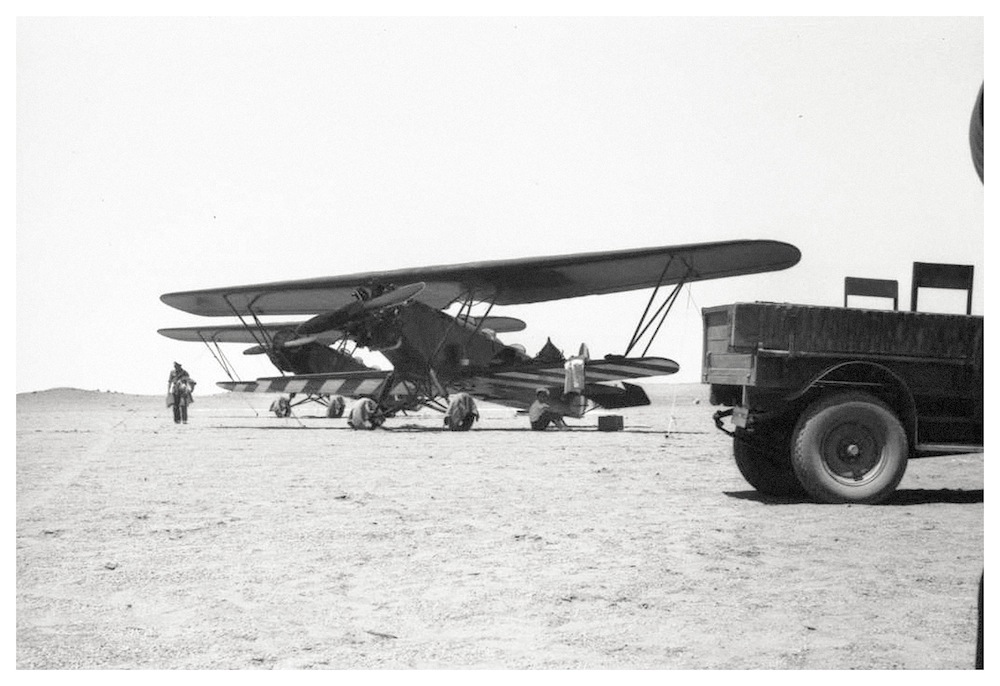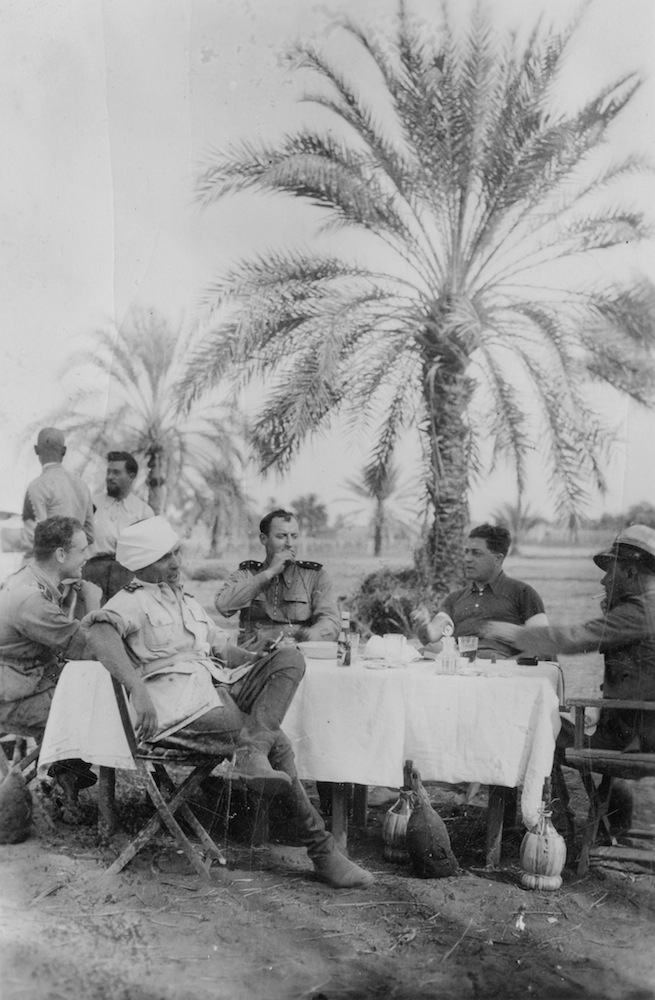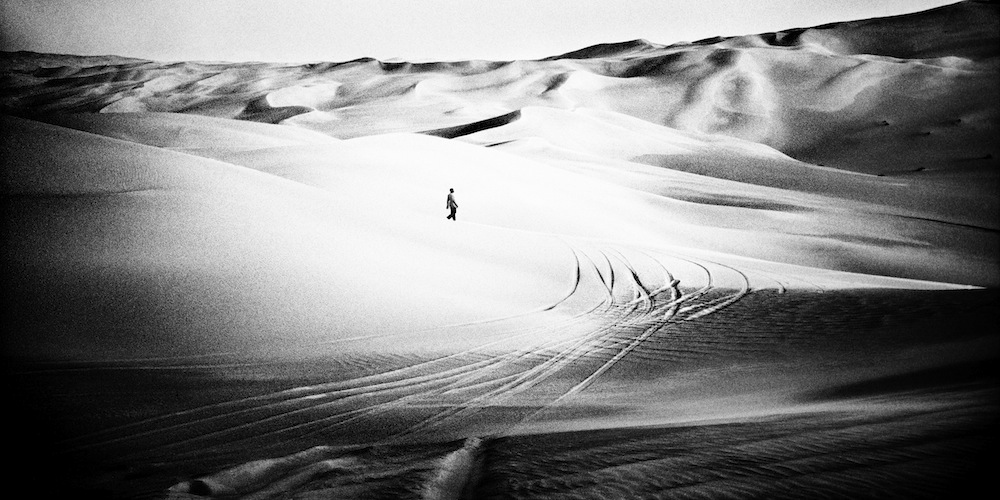LIBYA, THE CAPITAIN AND ME (In the footsteps of the English Patient) — FRANCESCO FOSSA
The desert cancels the spaces. Thus it happens that two visions, distant in character and distant in time, can coexist and run parallel as in the four-handed photographic work Libya, the Captain and me (In the footsteps of the English Patient).
The images taken between 1933 and 1935 by a young Alpini officer in the oasis of Cufra and on the buttresses of the Auenàt – a triangle disputed for strategic reasons by Italians and English astride Libya, Egypt and Sudan – arouse the curiosity of the grandson: many years later he tries to go to those places to understand more of the grandfather he never met. A sandstorm forces him to retreat to the west. And he – Francesco Fossa – dives into another Libya, another desert. The Ubari and then the Maridhet which stretches along the Algerian border. Up to Gadames (the city of the Tuareg) and the ruins of the Roman Sabrata. He will return home with his vision of those places, made up of historical and natural architecture. Two scholars experts in exploration in the desert – Alessandro Menardi Noguera and Michele Soffiantini – will give new impetus to this project. A research work that superimposes an intimate aspect to the historiographical one.
The photographs of Lieutenant Manfredo Tarabini Castellani, the technical notes, the private reflections with which he commented on those shots, the documents, the reports of service to his recently found superiors have an enormous historical value. The young lieutenant then had frequent contact with the British military in the three years he spent in the Libyan desert, between Cufra and the Auenat outpost. The Hungarian explorer Laszlo Almàzy (better known as the English Patient), whom the Italian officer met on at least two occasions, also talks about him in his travel diaries. Manfredo Tarabini Castellani became an expert in off-road driving and led Professor Umberto Mònterin, head of the Royal Geographic Society’s Expedition in the Libyan Desert. In this way he became the first Italian to enter Wadi Abd el Malik inside the Gilf Kebir plateau, the valley that Almásy identified with the lost oasis of Zerzura. Between 1933 and 1934 he experienced first hand the tug-of-war between Italy and England for the delimitation of the borders between Libya and Anglo-Egyptian Sudan. His name comes back in the English archives and in the secret reports of General Graziani, vice-governor of Libya: military espionage, archaeological discoveries, chivalrous gestures give light to a figure who died too soon, fighting in the mountains of Albania in 1940 with the degrees as a Captain.
Now grandfather and grandson are much closer than they used to be. With their photographic visions, different but parallel.





